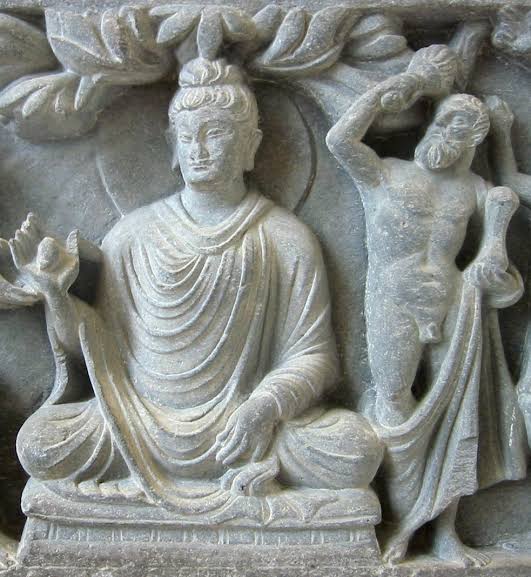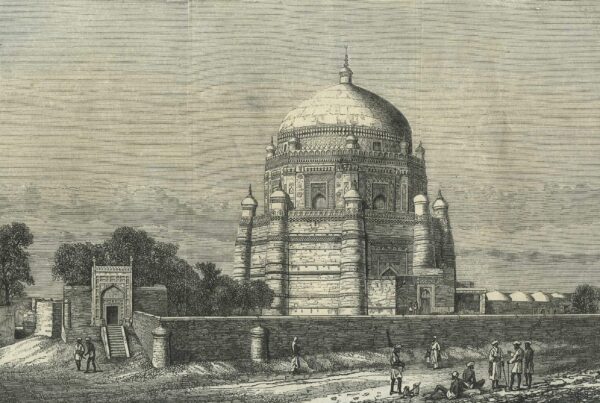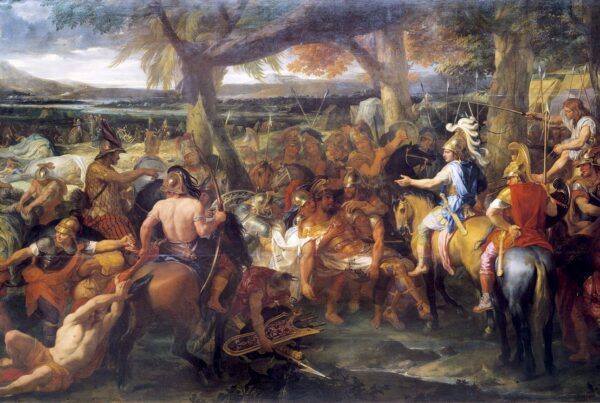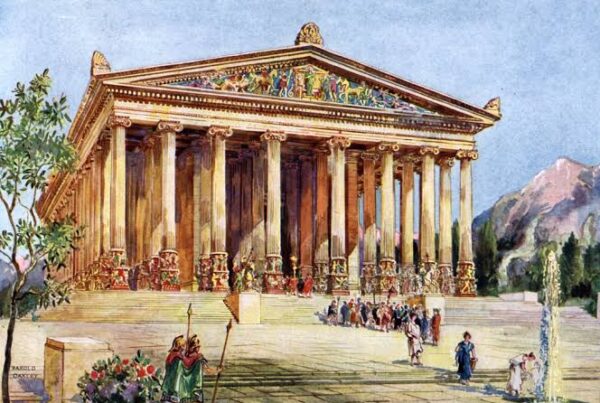The location of modern Pakistan at the juncture of South and Central Asia has always allowed for the fusion of cultures to take place in our lands.
The most excellent example of this took place more than 2000 years ago when the fusion of Greek mythology with Buddhism in ancient Gandhara led to the creation of the duo of Hercules and Buddha in Gandharan art.
Of Hercules and Buddha in Gandhara.
The existence of Greeks in the neighbourhood of Gandhara, an ancient region in northern Pakistan pertaining to areas in what is today Khyber Pukhthunkhwa and Northern Punjab, went back many millennia when the Achaemenid empire of Persia started settling Greeks in Bactria in what is today northern Afghanistan.
The March of Alexander through the Indus Basin in 337 BCE allowed for the opening of contacts between the Hellenistic world and ours but soon after his death and with the ousting of his generals, the Indus basin soon contributed to the creation of Mauryan Empire and a subsequent inclusion in that very empire. With the ascent of Ashoka to the throne of the Mauryan empire, Buddhism diffused from the Ganges heartland towards the Indus and quickly assumed a major status amongst locals. Soon Demetrius I, the Greek king of Bactria, began his March into South Asia and succeeded in invading the Indus Basin and thus ossified Greek foothold in South Asia. His son Menander with his capital in Sialkot eventually ended up adopting Buddhism, winning great fame for this decision. He went on to lay the foundation of the Indo-Greek kingdom.
Hercules or rather Heracles had started appearing in Hellenic iconography since the 6th century BCE and onwards and started appearing in the east, mostly upon coins such as that of Alexander and that of the Greco-Bactrians and the Indo-Greeks. However the proper linkage between Buddha and Hercules and the adoption of Hercules in Buddhist Gandharan iconography came in the Kushan era, due to a possible cult of Hercules in what is now Pakistan. This happened by Hercules’ adoption as ‘Vajrapani’.
In Buddhist traditions the guardian and guide of Buddha is Vajrapani, who used to protect Buddha. Vajrapani in literal terms means Vajra (Thunderbolt) – Pani (Handed). The people of Gandhara adopted Hercules as this prominent Buddhist figure in their art. In Gandhara, he was often depicted carrying the 3 characteristics most often attributed with Hercules.
These characteristics were a heavily muscular man often shrouded in a lion-skin (a nod at the famous 12 labours of Hercules), holding a club (Vajra) and at times a thunderbolt itself, closely following Buddha, and perhaps the most Hellenic touch of the adoption of a wreath on his head. Bearing these features, Hercules was often depicted standing closely behind Buddha listening to his words. He his depicted in this manner in artefacts excavated from Charsadda in Pakistan to Jalalabad in Afghanistan.
Though this itself wasn’t the only method in which the story of Hercules found himself in the areas which now form Pakistan. Apart from coins and reliefs, there have been discovered certain ancient wrestler‘s weights from Pakistan which depict Hercules and the Nemean lion, Many myths also associated him with certain areas found today in Pakistan.
When Alexander found it difficult to conquer the area known to the Ancient Greek historians as ‘the rock of Aornos’ (identified mainly with the Pir Sar mountain in Hazara region of Khyber Pukhthnkhwa), the Macedonians created a myth that in the days of yore during the heroics of Hercules, the legendary hero himself had tried and failed 3 times to conquer this mountain. This myth was saved by them in their accounts. They later applied this myth to another nation of people they met in the Punjab who they declared to be descendants of Hercules from this very expedition in Hazara and with whom they made good merrymaking before embarking further towards the Malians of Multan in Punjab.
Though still, Hercules wasn’t the only one seen in Gandhara. Out of the Greek Pantheon, the most frequently depicted characters are Dionysus, Demeter, Atlas, Hercules, Zeus, Nike, Artemis, Athena and many more.
References:
The Indus Greeks – R.U. Samad
2500 years of Buddhism – P.V. Bapat
Greek gods in the east – L. Stančo
The circle of Bliss, Buddhist meditational art – J.C. Hunnington
Gandharan Buddhism – P. Brancaccio




